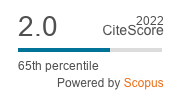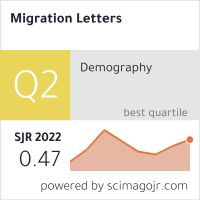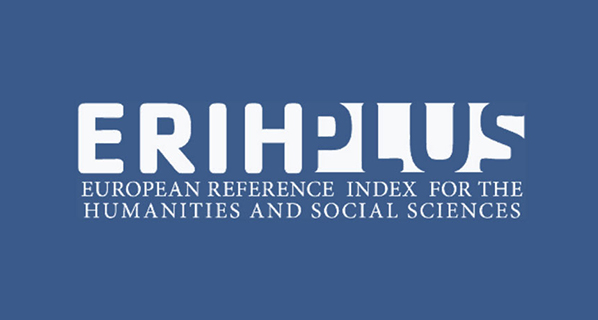Effect Of Organizational And Non-Organizational Stressors On Public Sector Employees’ Job Performance With Moderated Role Of Workplace Spirituality
Abstract
In competitive working environment, employees’ performance is one of the main reasons for an organizational success. Each organization faces various challenges in accomplishment of goals. The success of an organization is concealed in the achievement of its goals. Thus, the obtaining of organizational goals actually depicts the individuals’ performance at the working place. The employees’ performance is affected negatively due to organizational and non-organizational stressors. This study explores the effects of organizational and non-organizational sources on the job performance of public sector employees of various Ministries/ Divisions in Pakistan. Total strength of working personnel of Ministries/ Divisions’ employees was 16165 as per Annual Bulletin 2018-19. To investigate the consistency of different constructs of the research, the approach of pilot testing was conducted. In the phase of pilot testing, 32 respondents shared the response from 35 distributed questionnaires. After checking the instruments’ reliability, the questionnaires were distributed to 355 employees of federal secretariat of Pakistan. Out of 355 employees, 305 workmen returned the response. Process of data collection was done through the random sampling and SPSS version 21 was used for analysis. Version of AMOS 26 was adopted for the results extraction like as measurement model, convergent and discriminant validities, structural model test and hypotheses techniques through multi groups. The results reveal that negative but significant relationship exist between organizational and non-organizational stressors (role overload and commuting stress) and employees job performance of the federal Ministries / Divisions Pakistan. Moderating analysis among both stressors and job performance was also measured.
Metrics
Downloads
Published
How to Cite
Issue
Section
License

This work is licensed under a Creative Commons Attribution-NonCommercial-NoDerivatives 4.0 International License.
CC Attribution-NonCommercial-NoDerivatives 4.0





